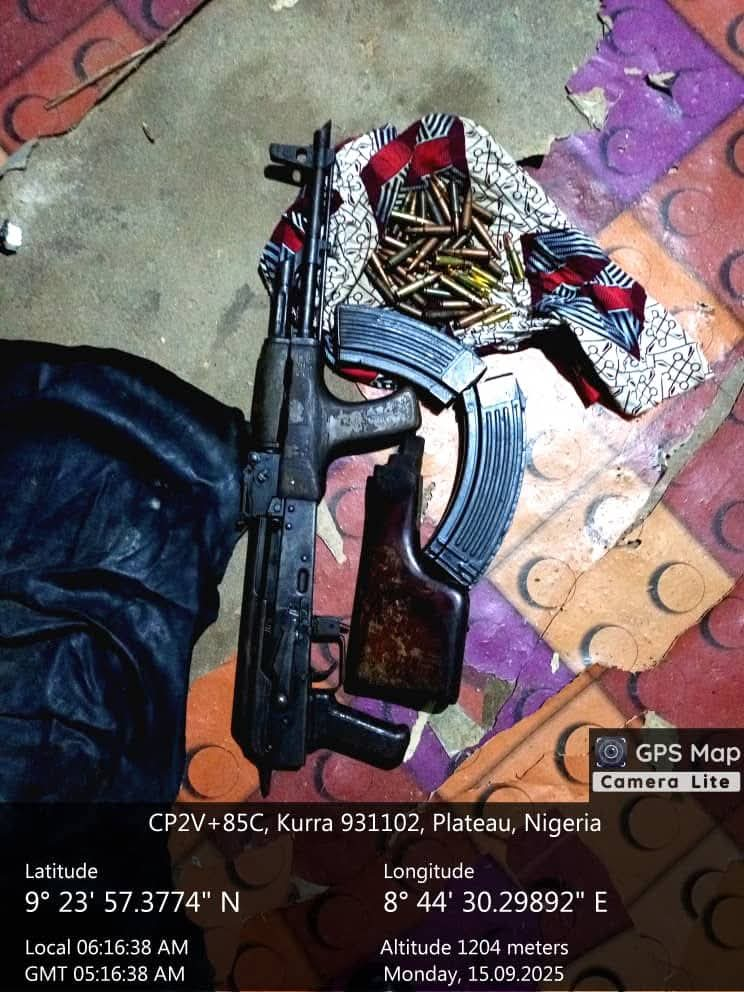
BORNO: THE BLEEDING STATE (WEEKLY SECURITY DASHBOARD FOR THE PERIOD DECEMBER 19 -24, 2021)
The current state of daily explosives unleashed on innocent human lives and properties alike in Borno State has degenerated into a bleeding sore with no respite in view.

The notion of the bleeding state first came to the fore between 1855 and 1859, when Kansans engaged in a violent guerrilla war between pro-slavery and anti-slavery forces in an event known as Bleeding Kansas.
Read Also: WHAT IS NIGERIA’S COUNTER-INSURGENCY GOAL, HOW REALISTIC IS IT? (WEEKLY SECURITY DASHBOARD FOR THE PERIOD DECEMBER 12 - 17, 2021)
The significant event, which shaped American politics, had as its last major outbreak of violence the Marais des Cygnes massacre, in which Border Ruffians killed five Free State men. In all, approximately 55 people died in “Bleeding Kansas.”
The “Bleeding Kansas” initiated due to a cumulative death toll of 55 people spanning over a four year-period changed the course of history for many great nations.

However, according to Eons Intelligence analysis in Incidents by Region: January – November, over 1,795 deaths have occurred within eleven months in Borno. Still, the state bleeds with no end in sight.
In what has become a departure from the tenets of democracy, mounting tensions and daily lyrics of explosions have become the norm as the citizens and terrorists struggle for supremacy of a state whose very foundation now hangs by the strings.
Located in North-East Nigeria, nicknamed the home of peace, Borno has, however, transcended into the home of horror and commotion where daily explosions rocking the city to its very foundation opens up the possibility of a state destined to bleed to death as terrorists continue to take advantage of the environment and perpetrate acts of terror.
Read Also: INCIDENTS BY REGION: JANUARY - NOVEMBER 2021
According to the state’s 2016 population projection, Borno estimated a population of 5.86million people. Of this number, according to Internal Displacement Monitoring Centre, 1.6million persons as of the end of 2020 are either roaming the streets homeless or struggling among limited spaces at the IDP Camps.

Of the remaining 4million people, using the death statistics of 2021, an average of five people die daily from insurgency attacks.
Therefore, it seemed that an age-long tradition of massacres and deaths comes again to the fore on Thursday, December 23 as the President’s visit to the state was ushered in with a barrage of rockets and bomb explosives, unleashed on innocent lives by terrorists leading to five deaths and several injuries.

The key challenge in Borno State should therefore transcend from what has caused the particular outcome to how the trending outcome should spur the government to examine its programs and policies and take corrective action.
Since performance is not frozen in time, the citizens and inhabitants of Borno State expect the government to be flexible and adapt to changing circumstances to defuse the crisis plaguing the state or even declare a state of emergency.
The “Bleeding Kansas” generated such heated tension that ended in war. A war termed the costliest and deadliest war ever fought on American soil, with some 620,000 of 2.4 million soldiers killed, millions more injured and much of the South left in ruin.
How would the bleeding in Borno state end?
Follow us on Twitter and get exclusive news as it breaks















Comments